Rubber rods are a common component in many industries, including automotive, construction, and sporting goods. These rods are typically made from synthetic rubber, and their primary purpose is to provide flexibility and shock absorption. This article will discuss the process of creating rubber rods, variations of rubber rods, considerations regarding rubber rods, the benefits provided by rubber rods, and various applications of rubber rods. Read More…
Aero Rubber Co. offers exceptional quality and competitive pricing on all of our extruded rubber products. Aero Rubber Co. uses high quality rubber compounds such as, Neoprene, Viton, Silicone, EPDM, Polyurethane, Natural Rubber, and Thermoplastic Rubber.
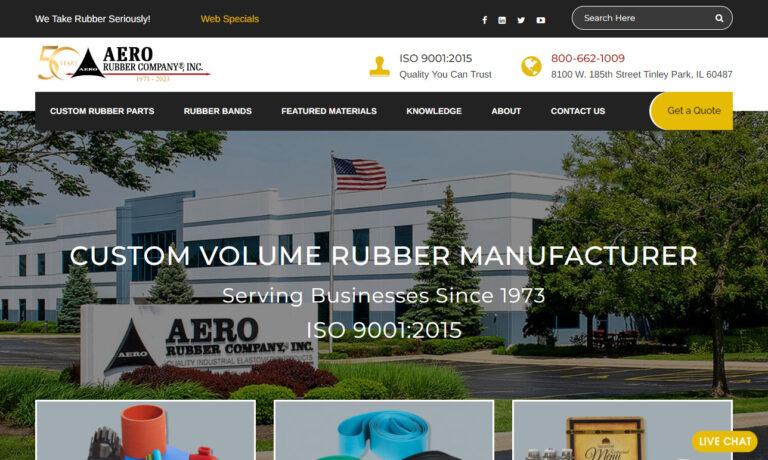
Since 1976, Lakeview Industries has been globally known for manufacturing rubber extrusions. Our die cut equipment and fabricated rubber products such as rubber grommets and rubber bumpers provide the environmental sealing and noise control industries with reliable molded rubber products. We do both standard and custom profiles to help meet your rubber requirements.
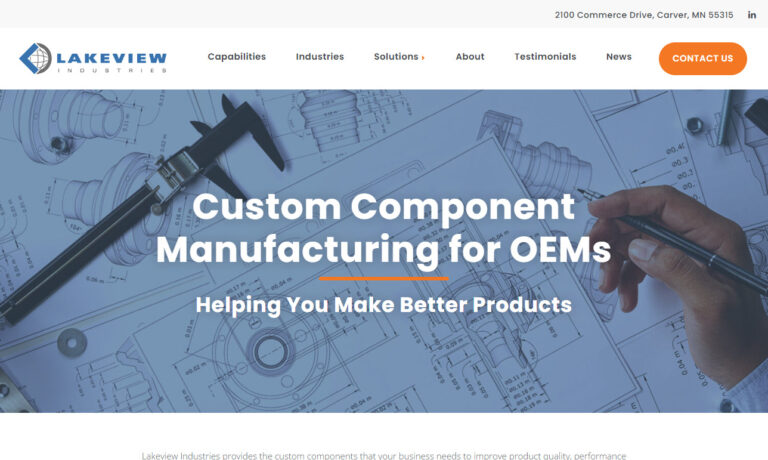
GSH Industries supplies rubber extrusions to a range of industries. We offer rubber in materials such as Neoprene, Viton®, Nitrile, Silicone & more. We have tooling ability to create intricate profiles ensuring rubber goods are of the highest quality.
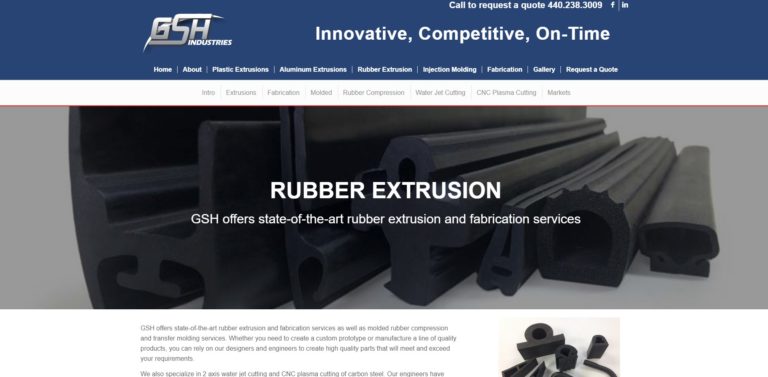
At American Rubber Products, we take pride in our expertise and commitment to delivering top-notch rubber extrusions. With decades of collective experience, we specialize in providing high-quality solutions tailored to meet the unique needs of our diverse clientele. Join us on the journey of excellence, where passion and proficiency converge to create unparalleled rubber extrusion solutions that...
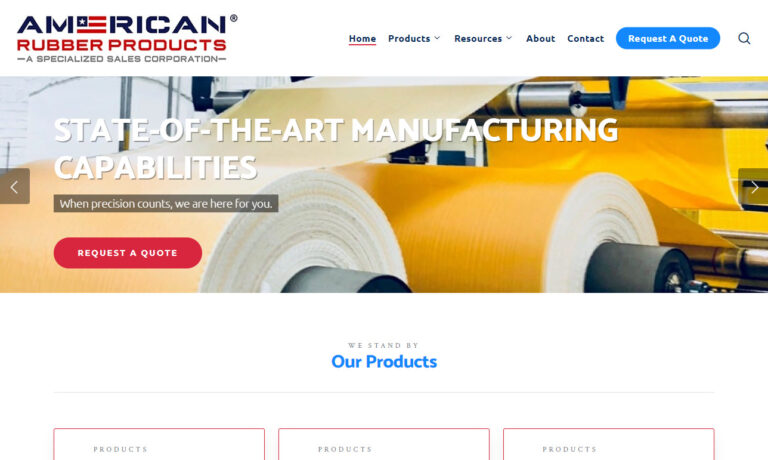
We got our beginning in 1954 and ever since then we have been manufacturing custom rubber extrusion solutions for customers around the world! We are a family and employee owned business dedicated to ensuring that our customers are receiving customer care that cannot be matched by the competition! Visit our website today to learn more about what we may be able to do for you!
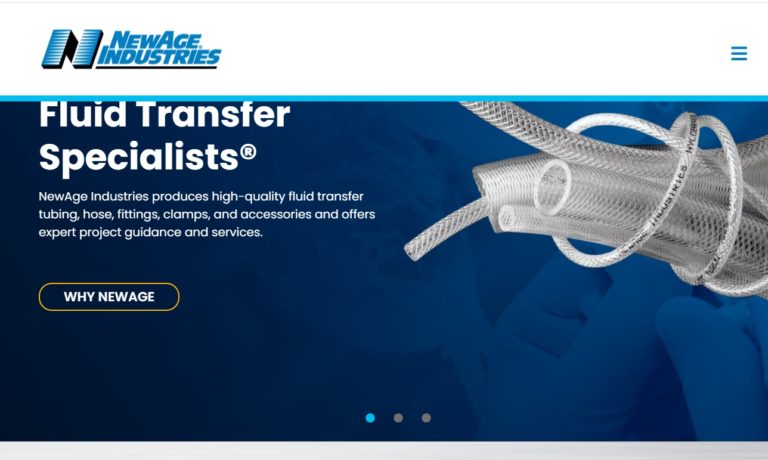
More Rubber Rod Manufacturers
How Rubber Rods Are Created
The process of creating rubber rods involves several steps, including mixing, molding, and vulcanizing. Here is a more detailed explanation of the steps involved in creating rubber rods:
Mixing
The first step in creating rubber rods involves mixing the raw rubber material with additives such as accelerators, curing agents, and fillers. This process is critical in determining the properties of the finished product, such as its hardness, flexibility, and resistance to wear and tear.
Molding
The mixed rubber compound is then placed into a mold to form the desired shape of the rubber rod. There are different types of molds available, such as injection molds, compression molds, and transfer molds.
Vulcanization
The rubber rod is then heated to a high temperature to undergo vulcanization, which is a chemical process that cross-links the rubber molecules to create a more stable and durable product. The duration and temperature of the vulcanization process depend on the type of rubber and the desired properties of the finished product.
There are also different production methods available for creating rubber rods, with extrusion and compression molding being the most common methods. The choice of production method depends on several factors, such as the desired shape of the rubber rod, the required volume of production, and the properties required for the finished product. As a result, we explain these methods below.
Extrusion
Extrusion is a process that involves forcing the rubber compound through a die to form the desired shape. The rubber material is fed into a hopper and then pushed through a screw mechanism that heats and melts the rubber. The molten rubber is then forced through a die, which shapes it into a continuous profile. Extrusion is typically used for creating rubber rods that have a uniform cross-section, such as tubes or cords.
Compression Molding
Compression molding, on the other hand, involves placing the rubber compound into a heated mold and then compressing it using a hydraulic press. The mold is heated to a specific temperature to facilitate vulcanization, and pressure is applied to the mold to create the desired shape. Compression molding is ideal for creating rubber rods that have more complex shapes or require specific surface textures.
Variations of Rubber Rods
Rubber rods can vary in shape, size, and composition, depending on their intended application. Some variations include different durometer levels, surface finishes, and reinforcements. These variations exist to ensure that rubber rods can meet the specific needs of different industries and applications.
Considerations Regarding Rubber Rods
Considerations regarding rubber rods include temperature resistance, chemical resistance, and durability. Manufacturers must consider these factors when selecting the appropriate rubber material and production method for a particular application.
The Benefits of Rubber Rods
The benefits of rubber rods include resistance to wear and tear, flexibility, shock absorption, and electrical insulation. Let’s examine these benefits below.
Resistance to Wear and Tear
Rubber rods are highly durable and can withstand constant exposure to friction, making them ideal for use in applications where they will experience constant use.
Flexibility
Rubber rods are highly flexible and can bend and twist without breaking, making them ideal for use in applications that require a degree of flexibility.
Shock Absorption
Rubber rods can absorb shock and vibration, making them ideal for use in applications where impact resistance is necessary.
Electrical Insulation
Rubber rods are excellent electrical insulators, making them ideal for use in applications where electrical conductivity needs to be minimized.
Applications of Rubber Rods
These properties make rubber rods suitable for a wide range of applications, including:
Industrial Applications
Rubber rods are used in a wide range of industrial applications, including conveyor belts, drive belts, and hydraulic seals. They can also be used as bumpers, shock absorbers, and vibration isolators.
Automotive Applications
Rubber rods are used in a variety of automotive applications, including engine mounts, suspension bushings, and anti-vibration components. They can also be used as seals and gaskets to prevent the leakage of fluids.
Construction Applications
Rubber rods are used in construction applications as sealing components in doors and windows, and in roofing materials to provide waterproofing and insulation.
Sporting Goods
Rubber rods are used in a variety of sporting goods, including kayak paddles, fishing rods, and archery bows. They are also used as shock absorbers and grip components in sports equipment.
Household Applications
Rubber rods are used in many household applications, including doorstops, furniture feet, and as non-slip pads for floors and countertops.
Choosing the Right Rubber Rod Supplier
To ensure you have the most beneficial outcome when purchasing rubber rods from a rubber rod supplier, it is important to compare several companies using our directory of rubber rod suppliers. Each rubber rod supplier has a business profile page highlighting their areas of experience and capabilities, along with a contact form to directly communicate with the supplier for more information or to request a quote. Review each rubber rod business website using our patented website previewer to quickly learn what each company specializes in. Then, use our simple RFQ form to contact multiple rubber rod companies with the same form.

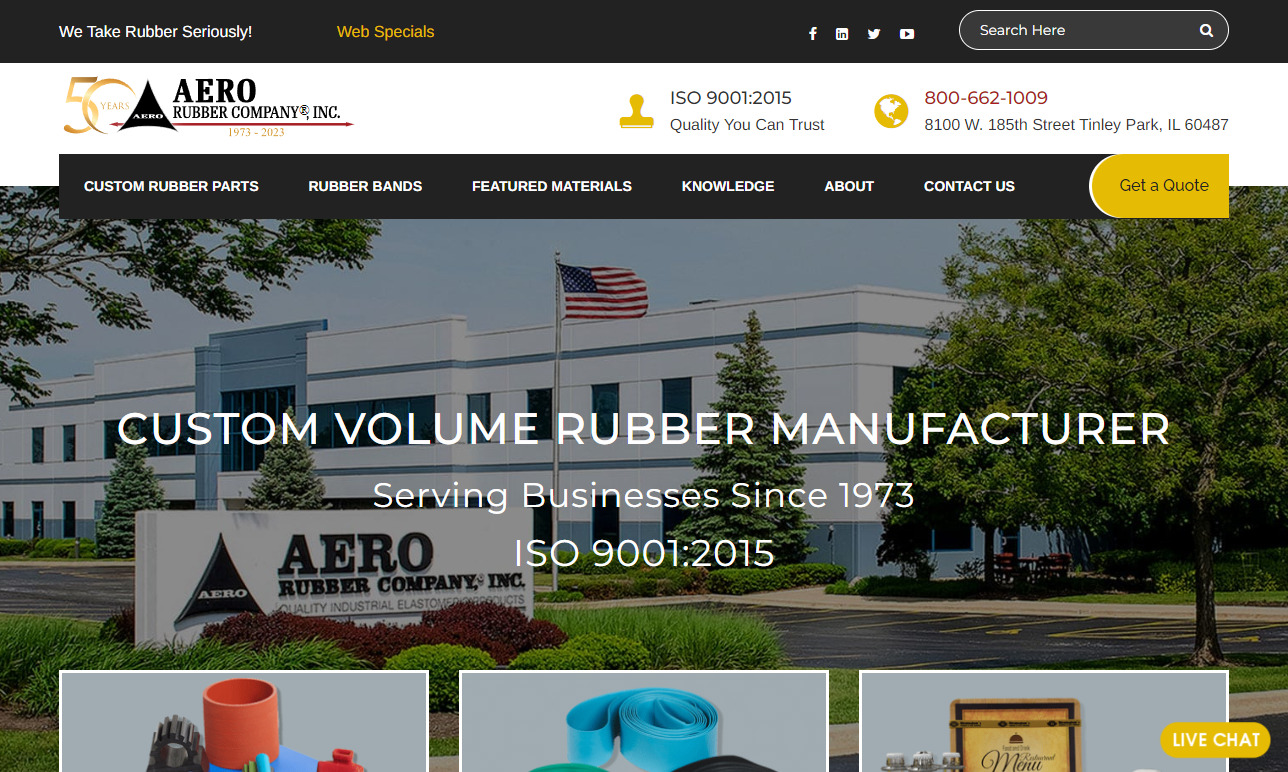
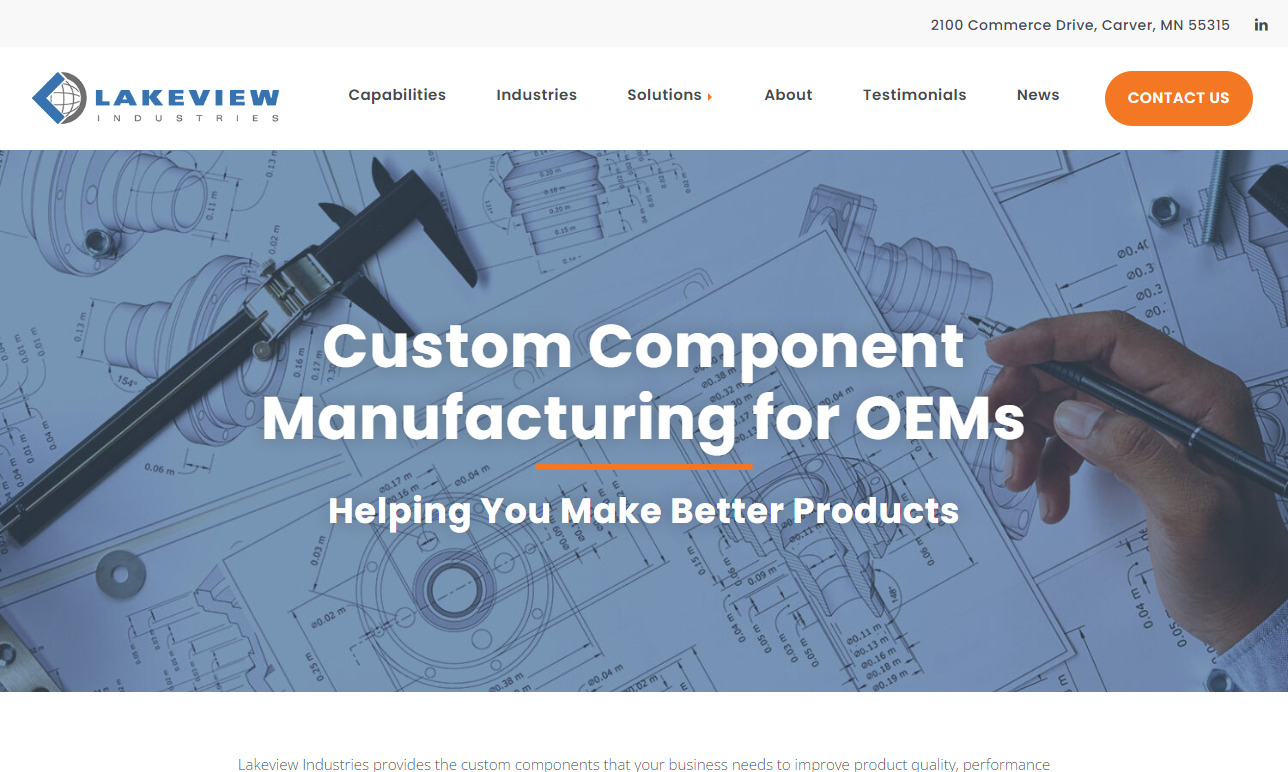
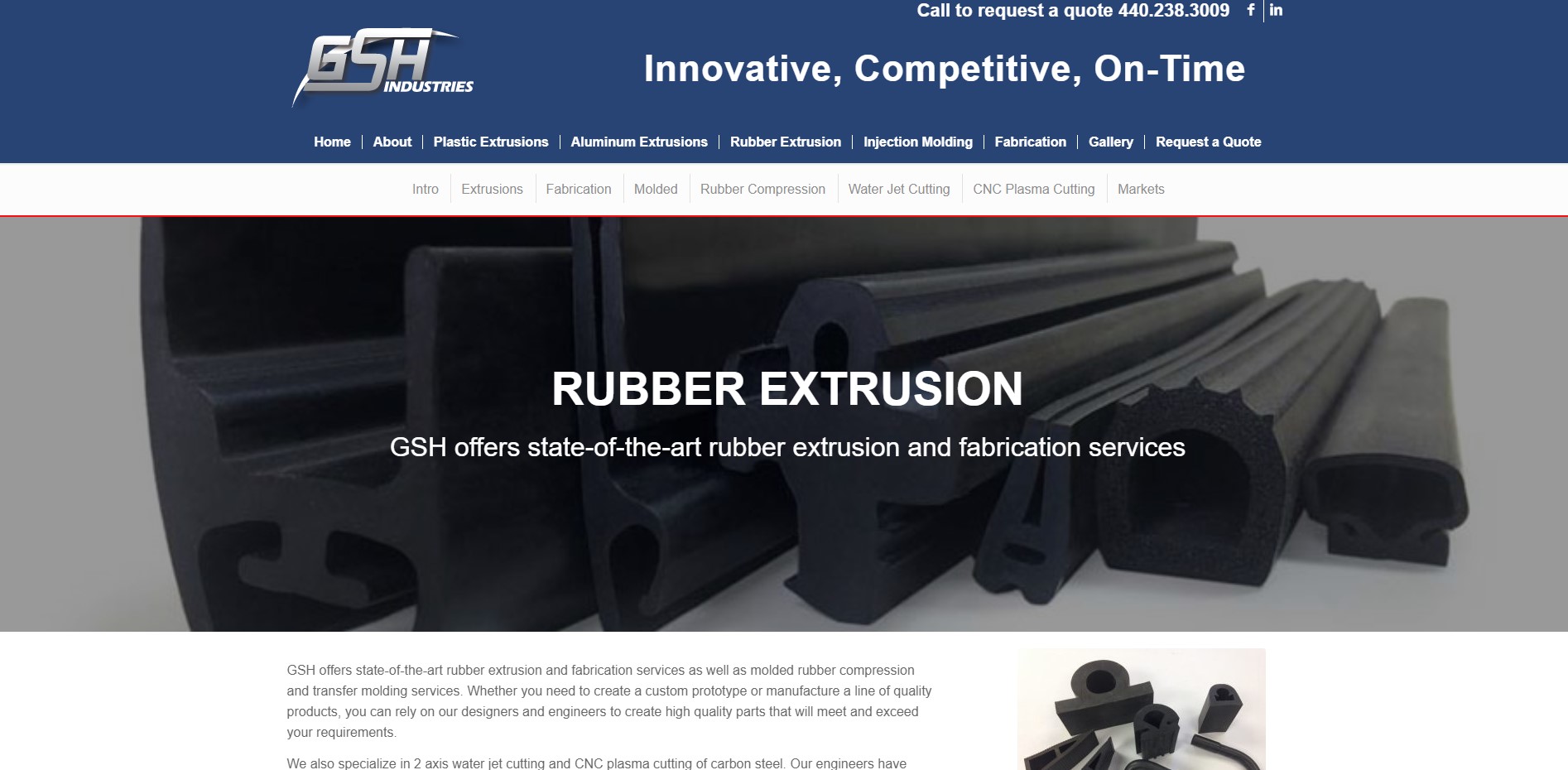
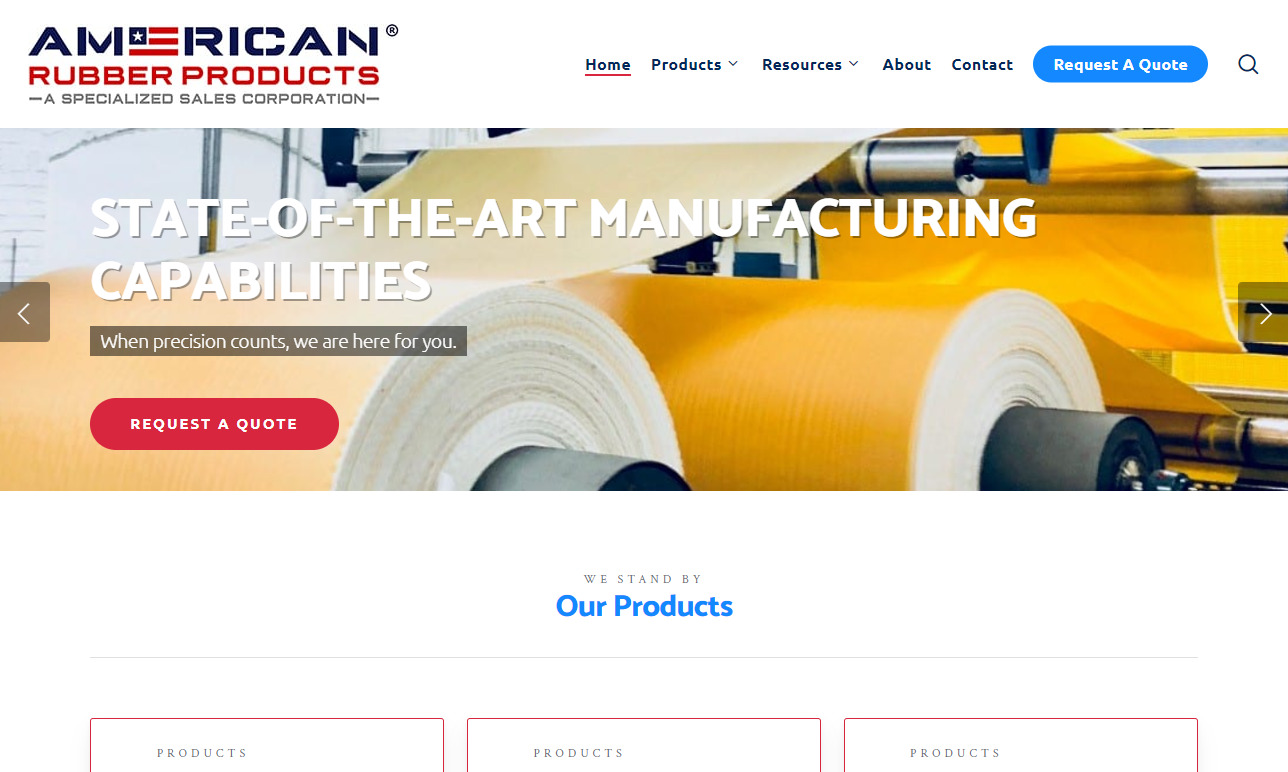
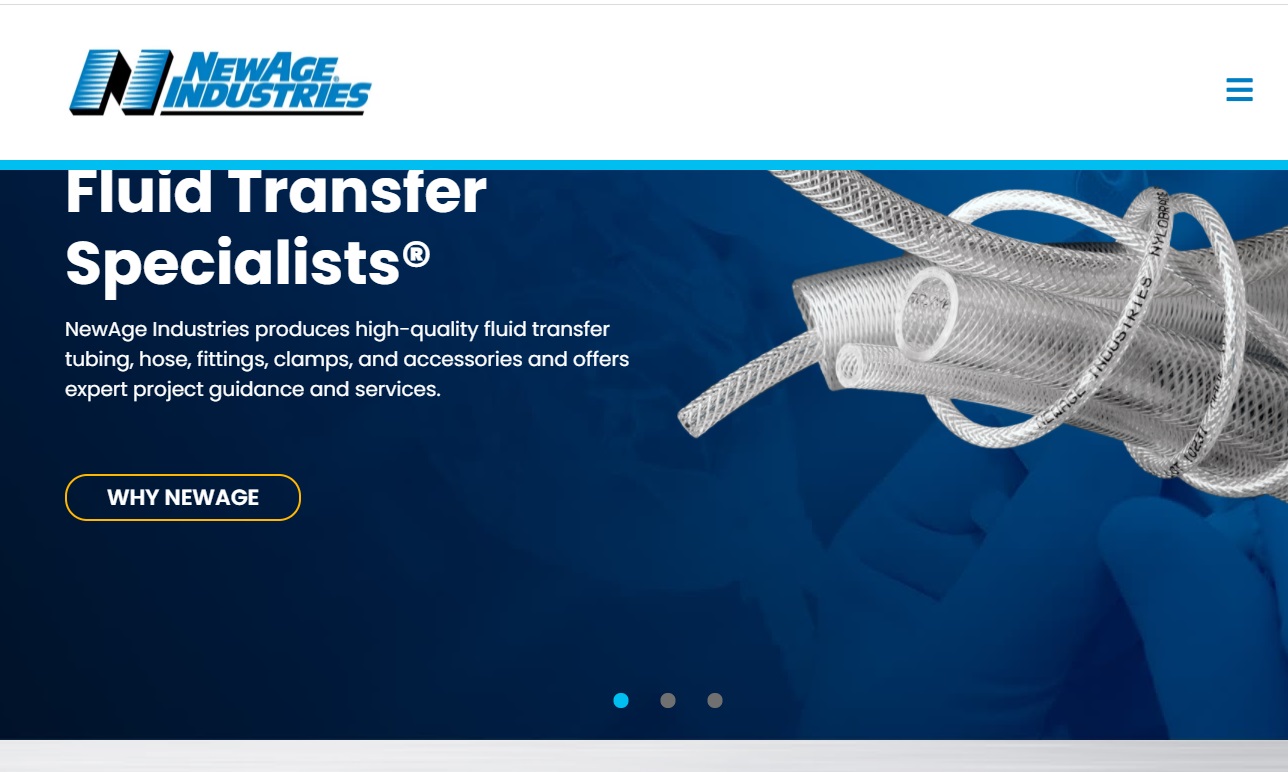
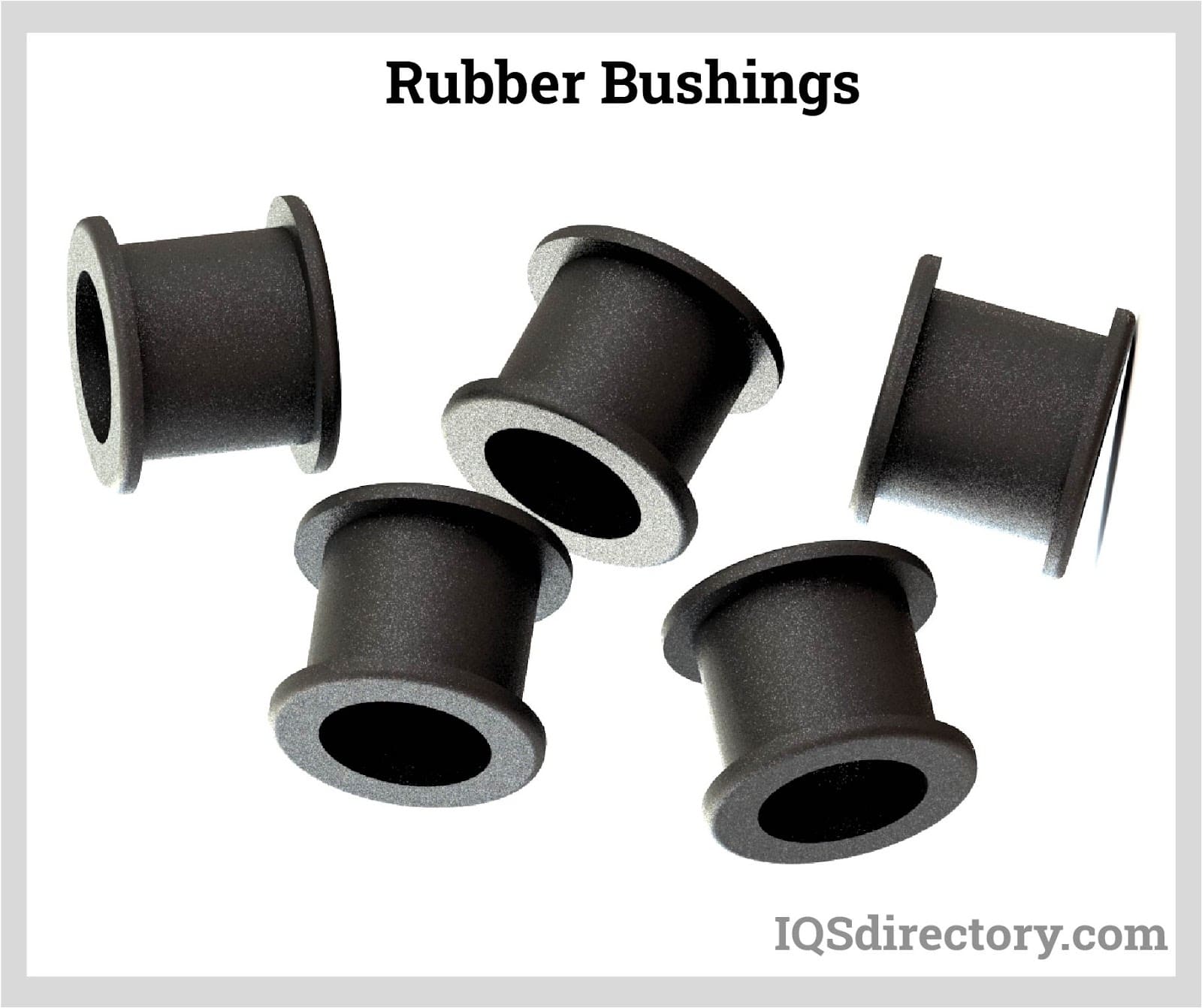
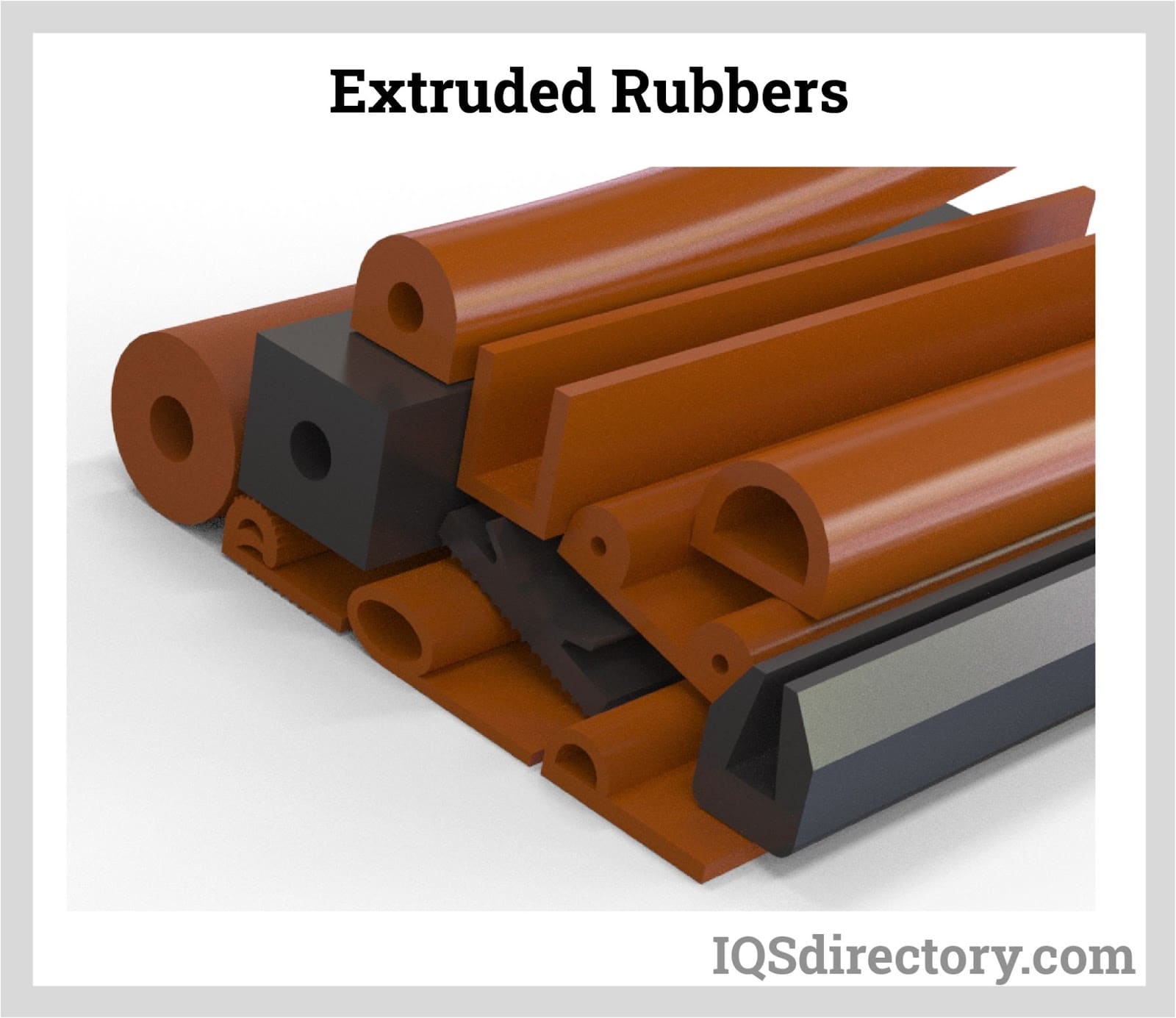
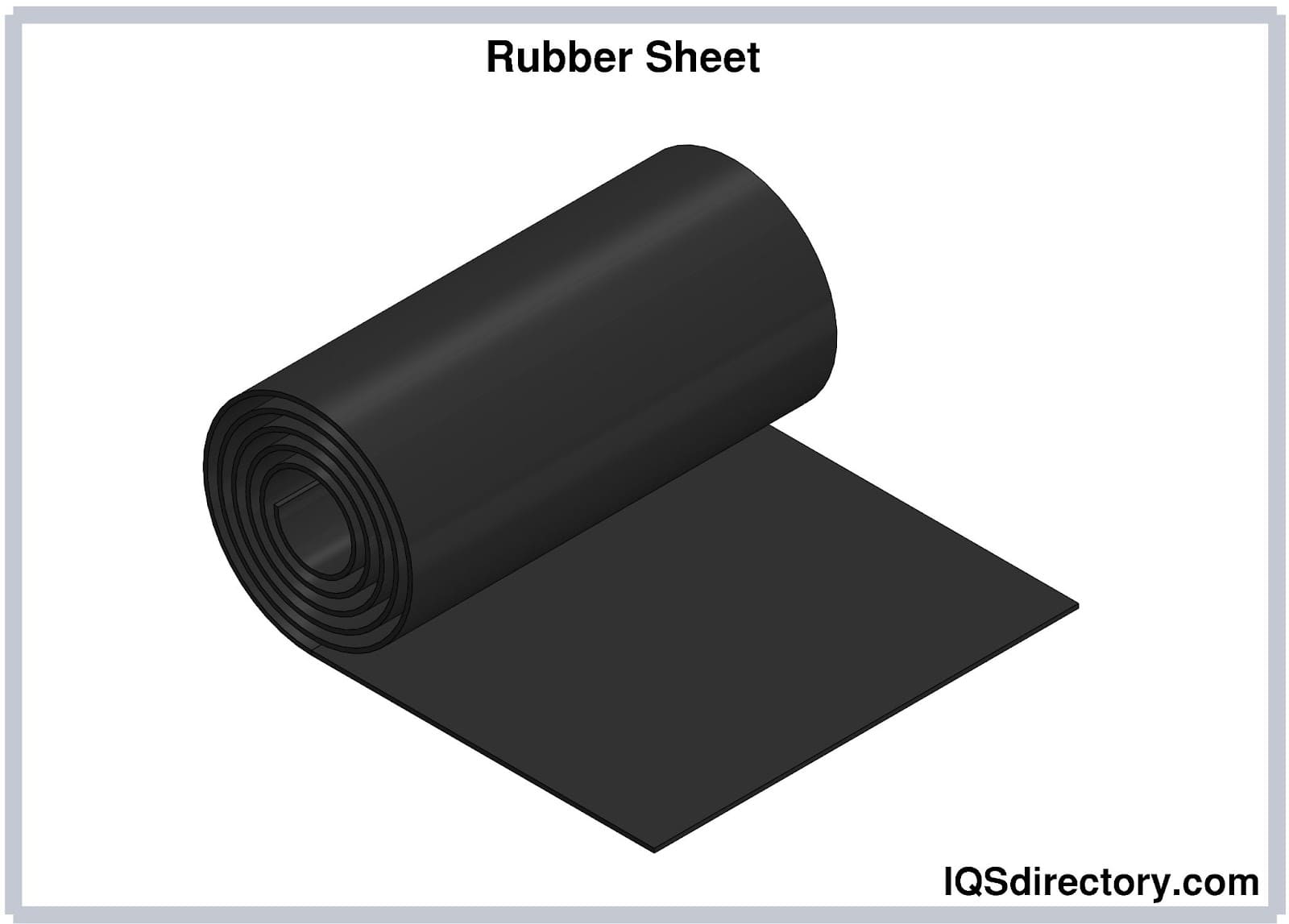
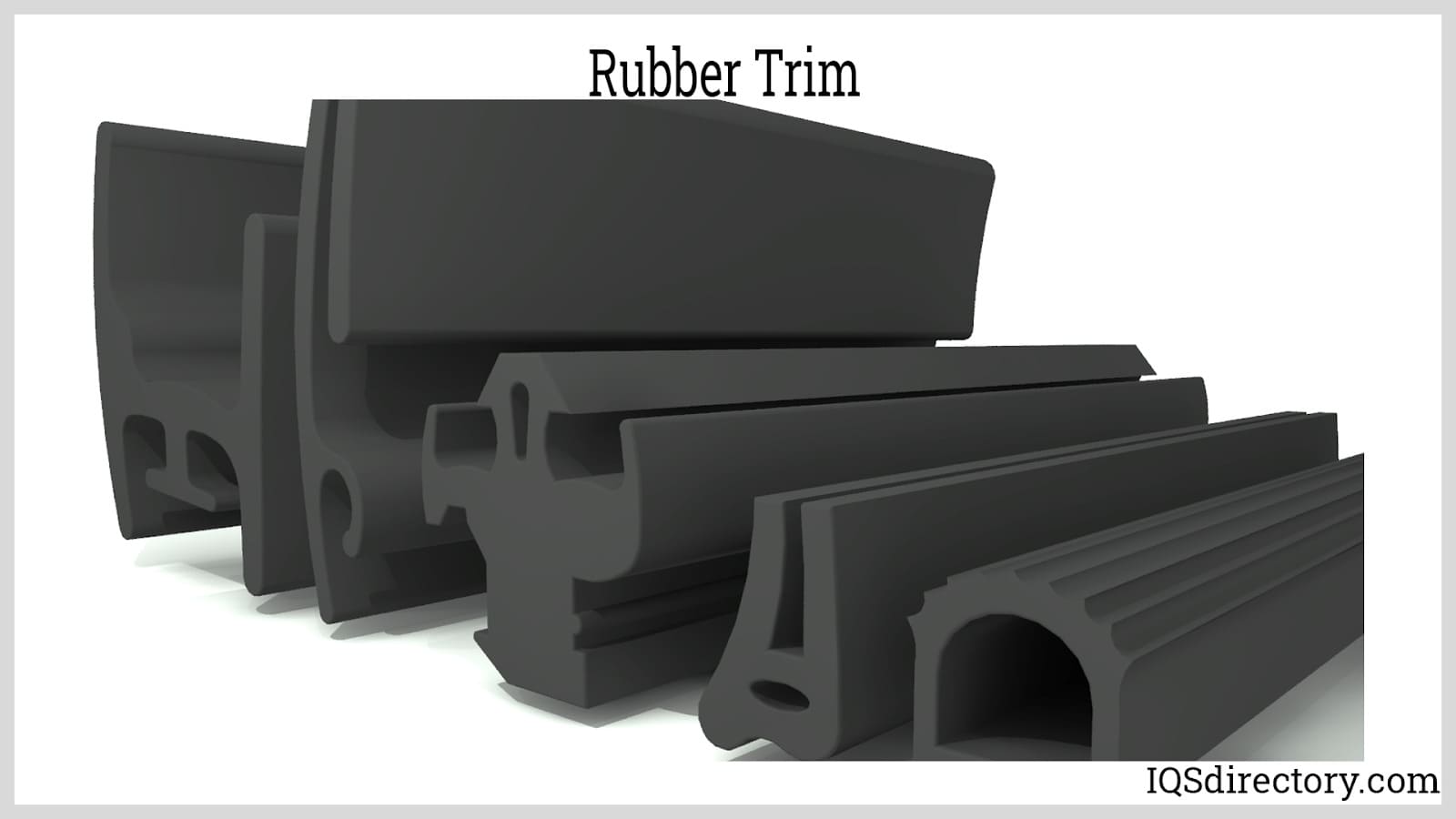
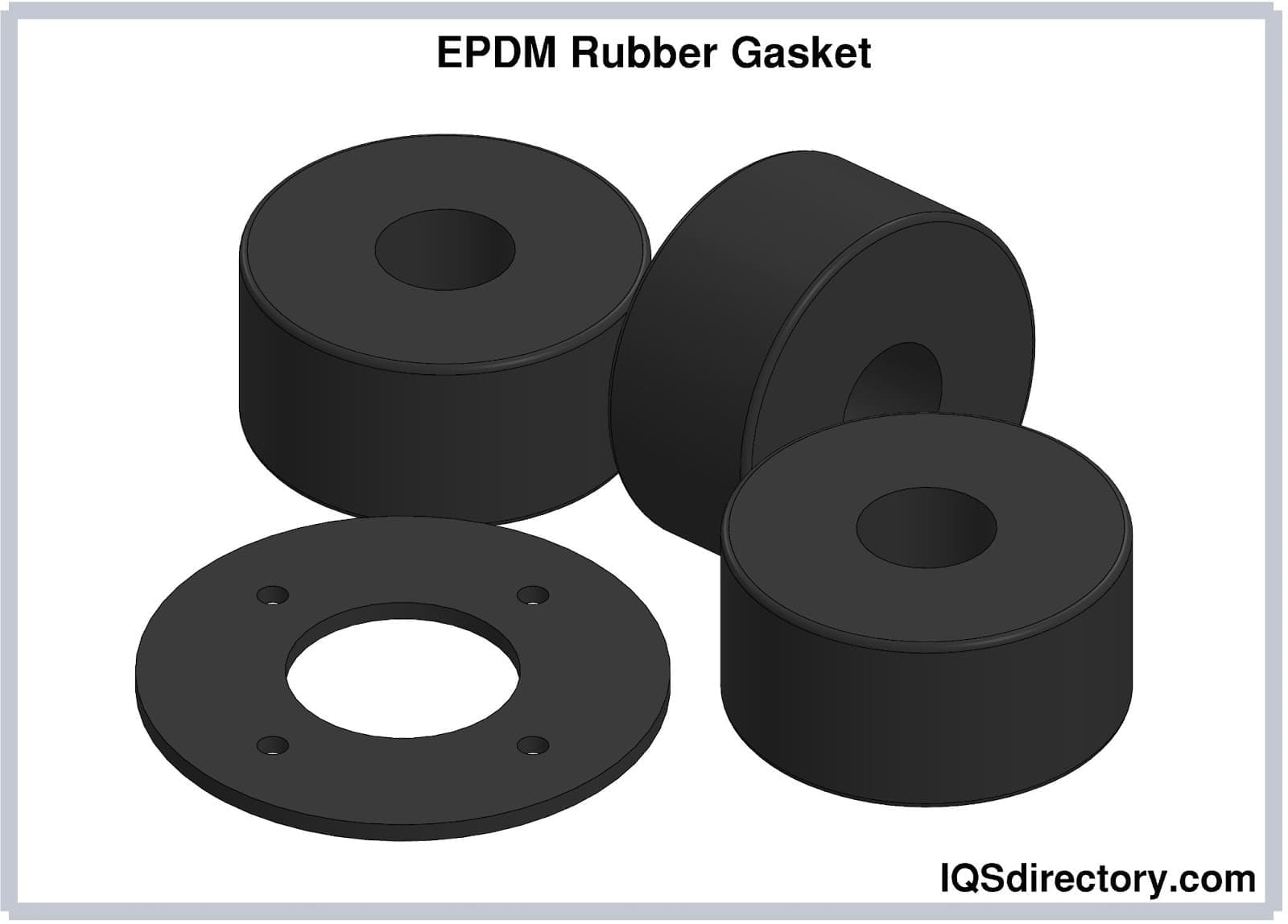
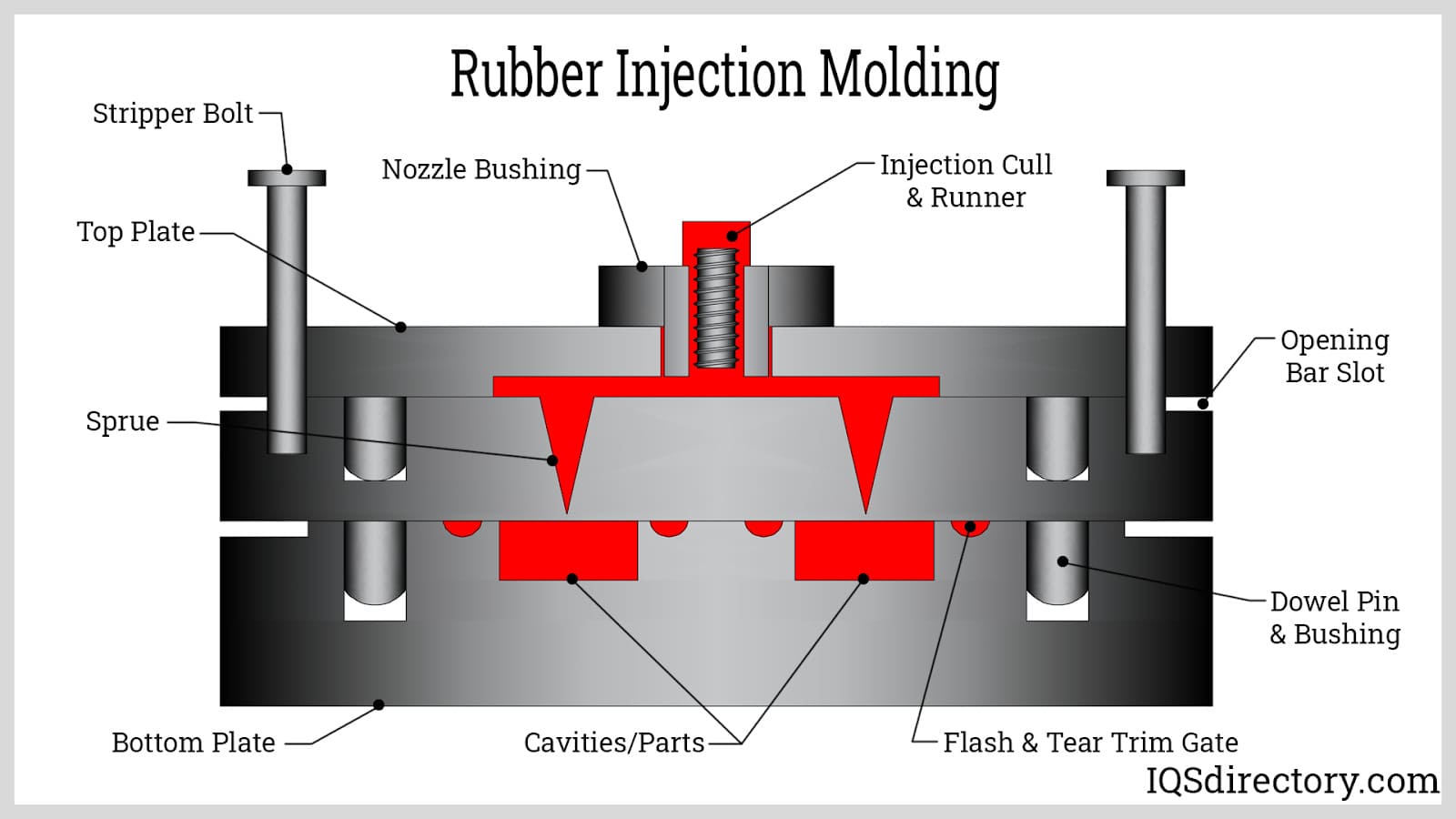
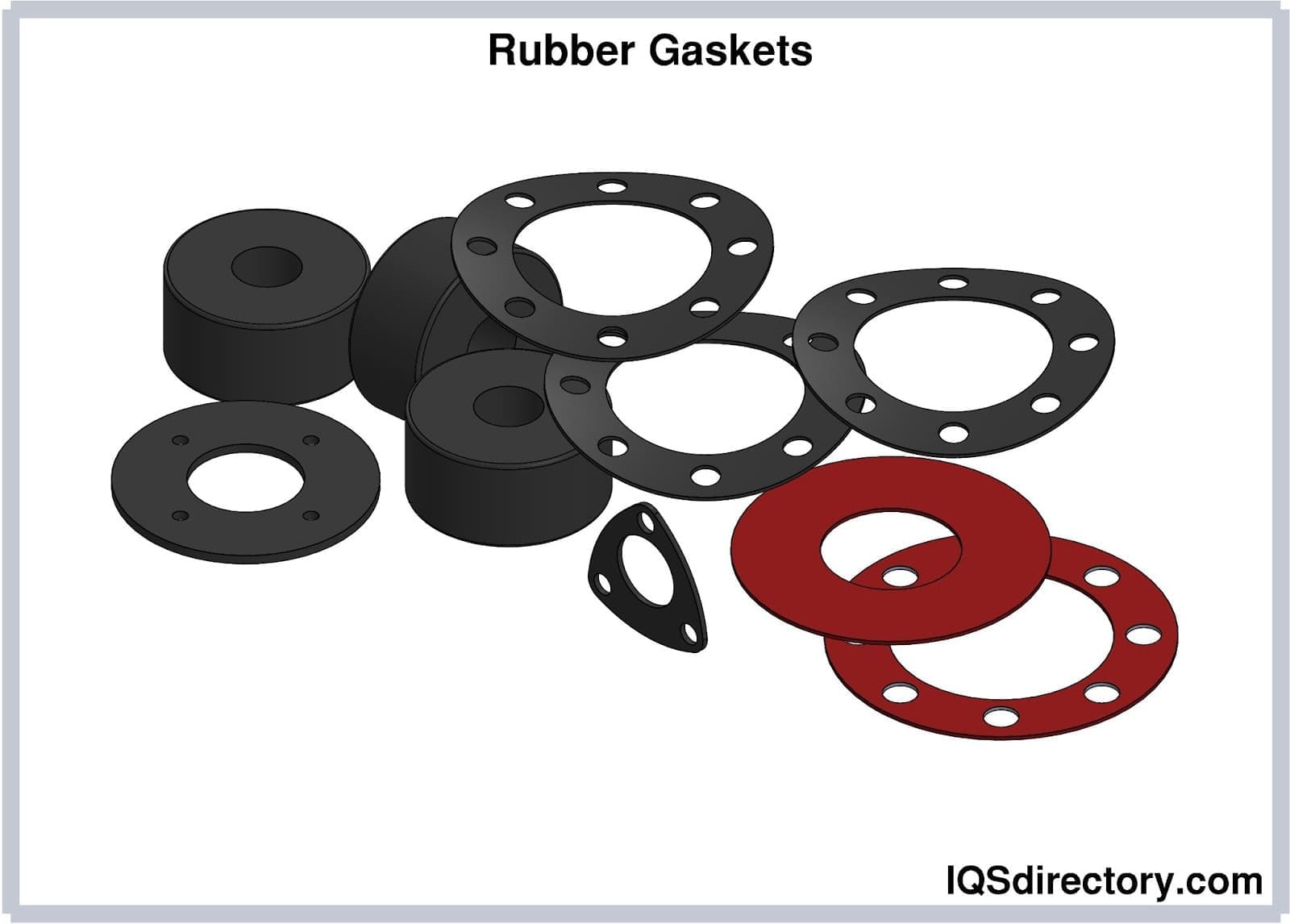
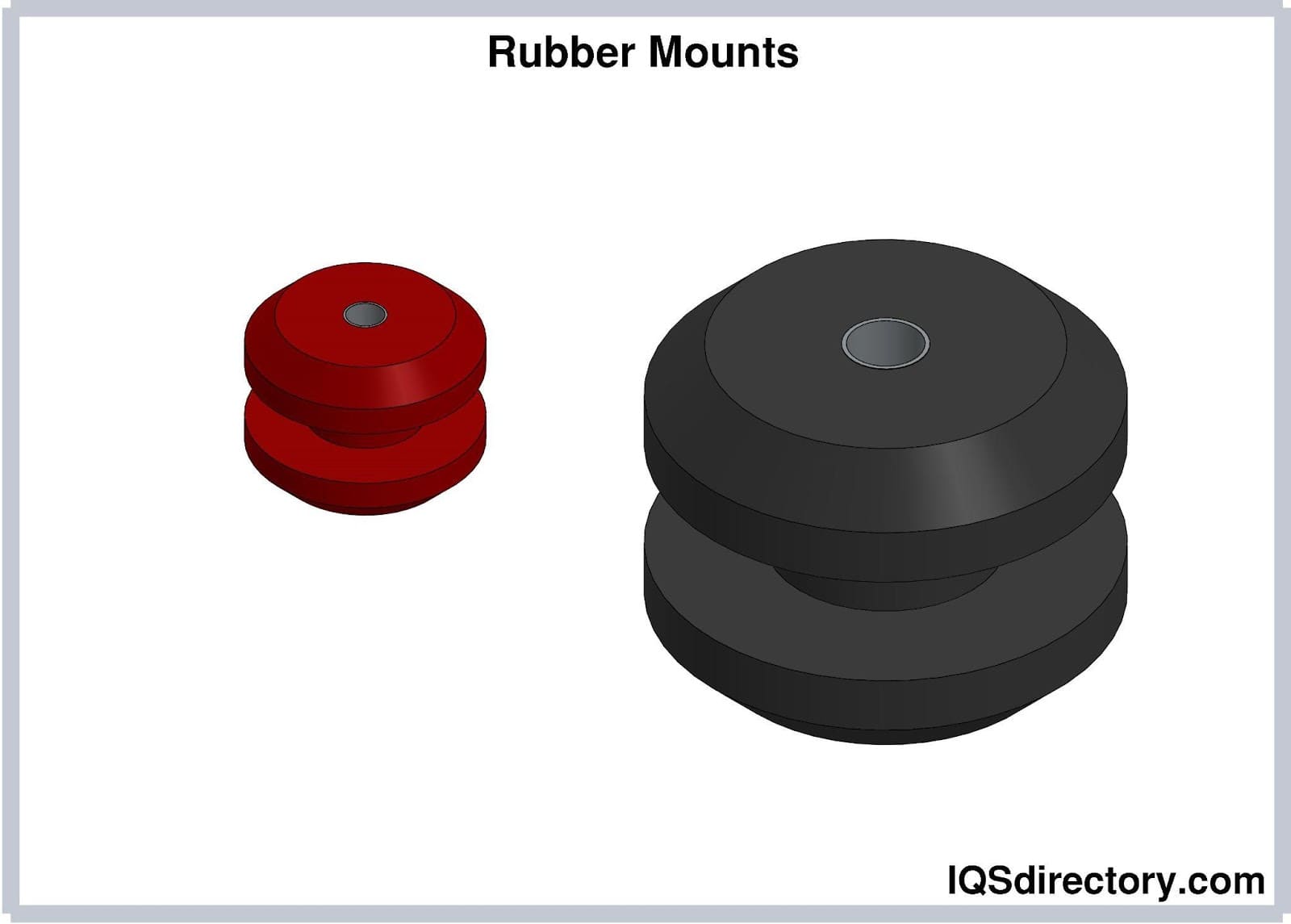
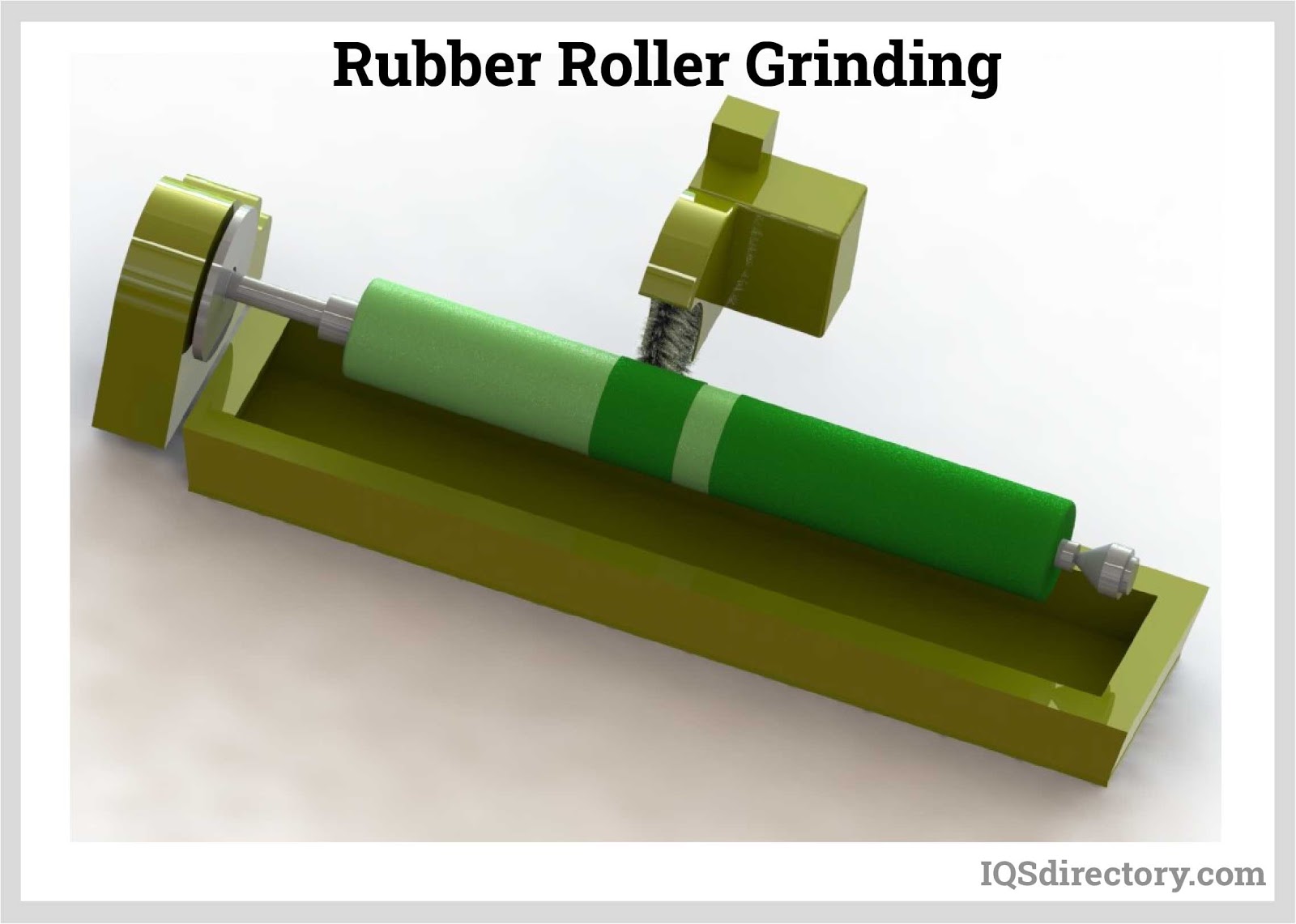
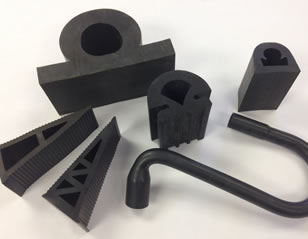 Rubber Extrusions
Rubber Extrusions Rubber Molding
Rubber Molding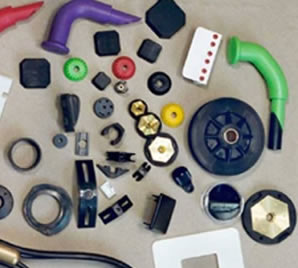 Rubber to Metal Bonding
Rubber to Metal Bonding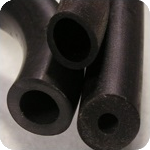 Rubber Tubing
Rubber Tubing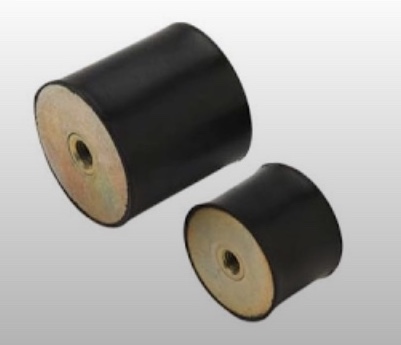 Vibration Absorbers
Vibration Absorbers Castings & Forgings
Castings & Forgings Bulk Material Handling
Bulk Material Handling Electrical & Electronic Components
Electrical & Electronic Components Flow Instrumentation
Flow Instrumentation Hardware
Hardware Material Handling Equipment
Material Handling Equipment Metal Cutting Services
Metal Cutting Services Metal Forming Services
Metal Forming Services Metal Suppliers
Metal Suppliers Motion Control Products
Motion Control Products Plant & Facility Equipment
Plant & Facility Equipment Plant & Facility Supplies
Plant & Facility Supplies Plastic Molding Processes
Plastic Molding Processes Pumps & Valves
Pumps & Valves Recycling Equipment
Recycling Equipment Rubber Products & Services
Rubber Products & Services